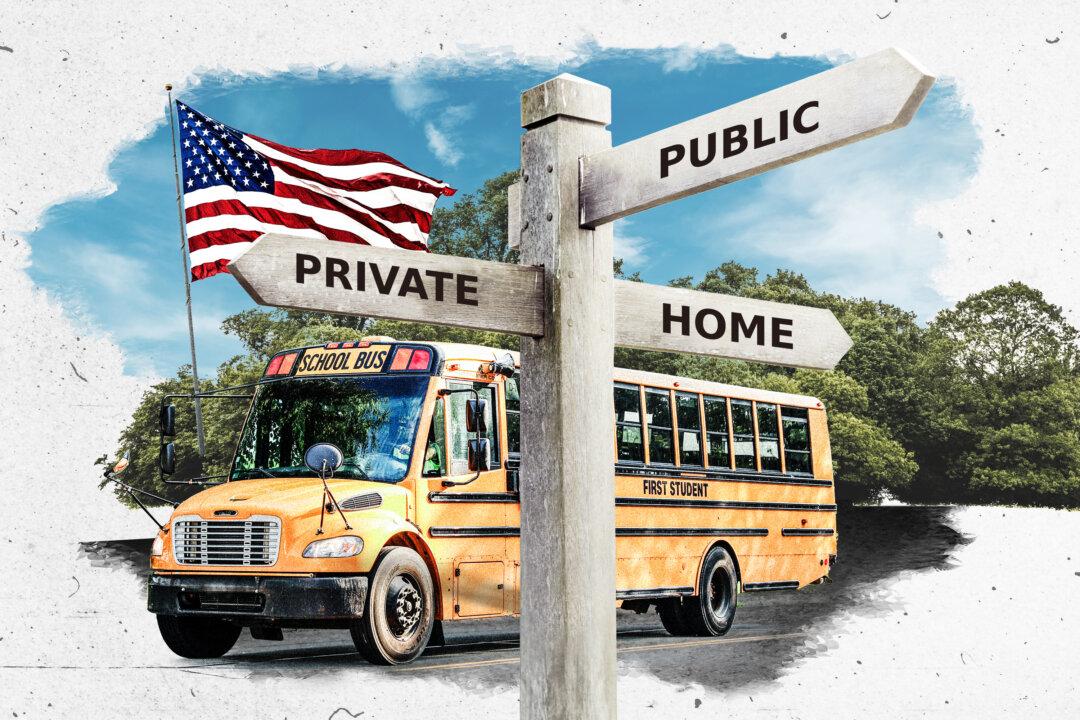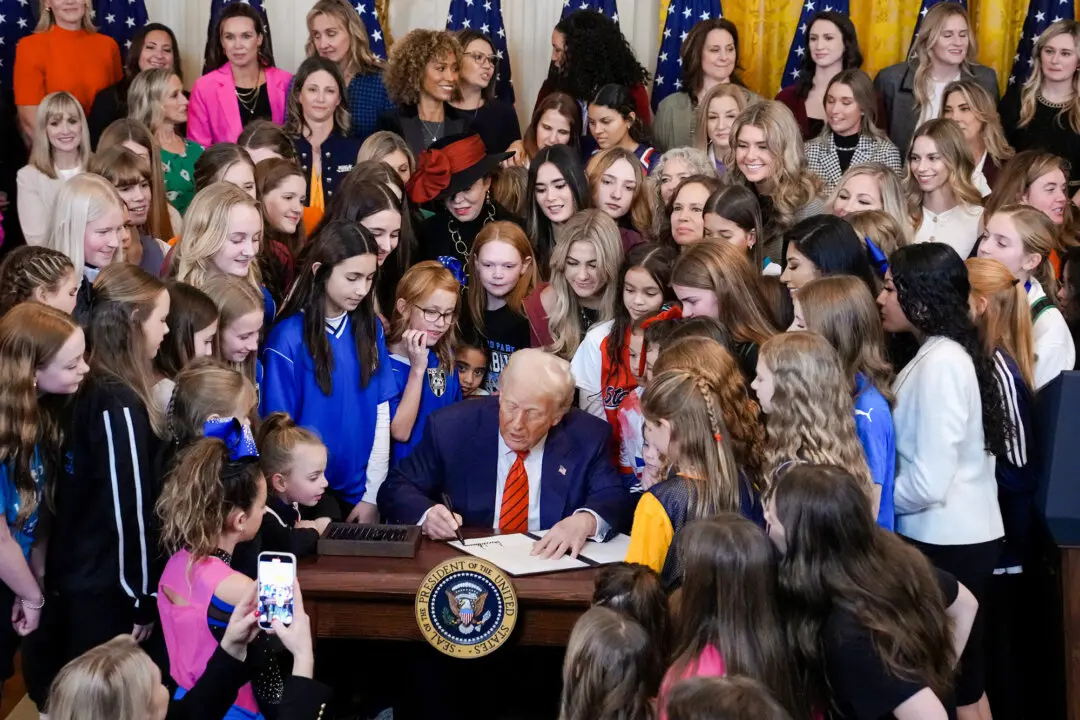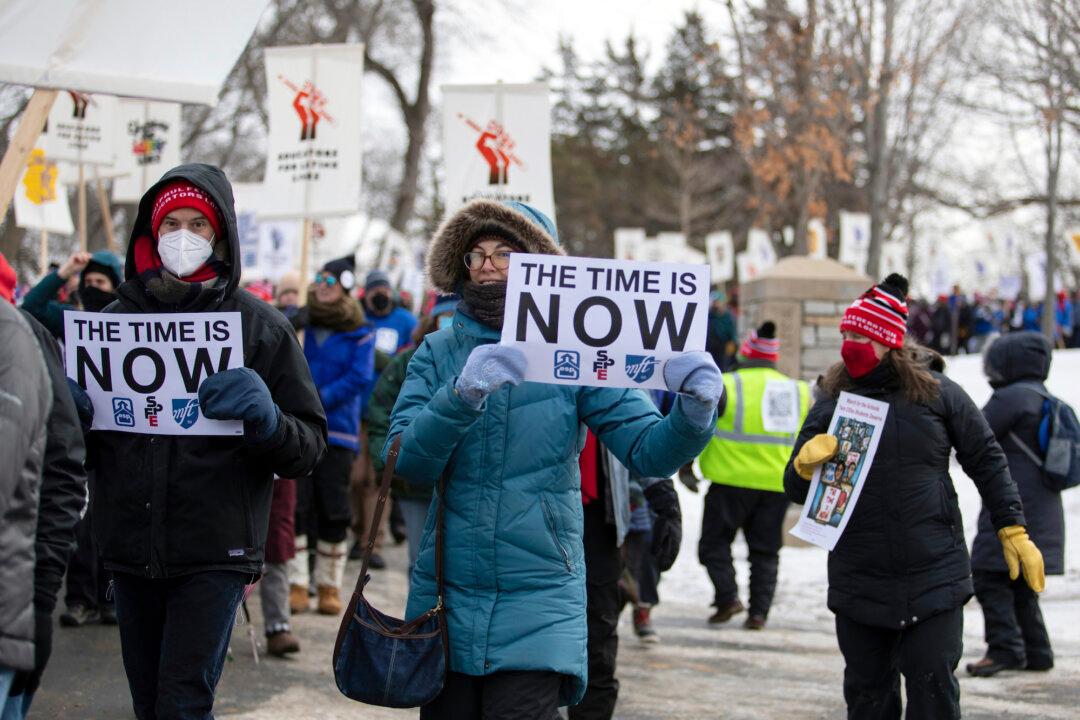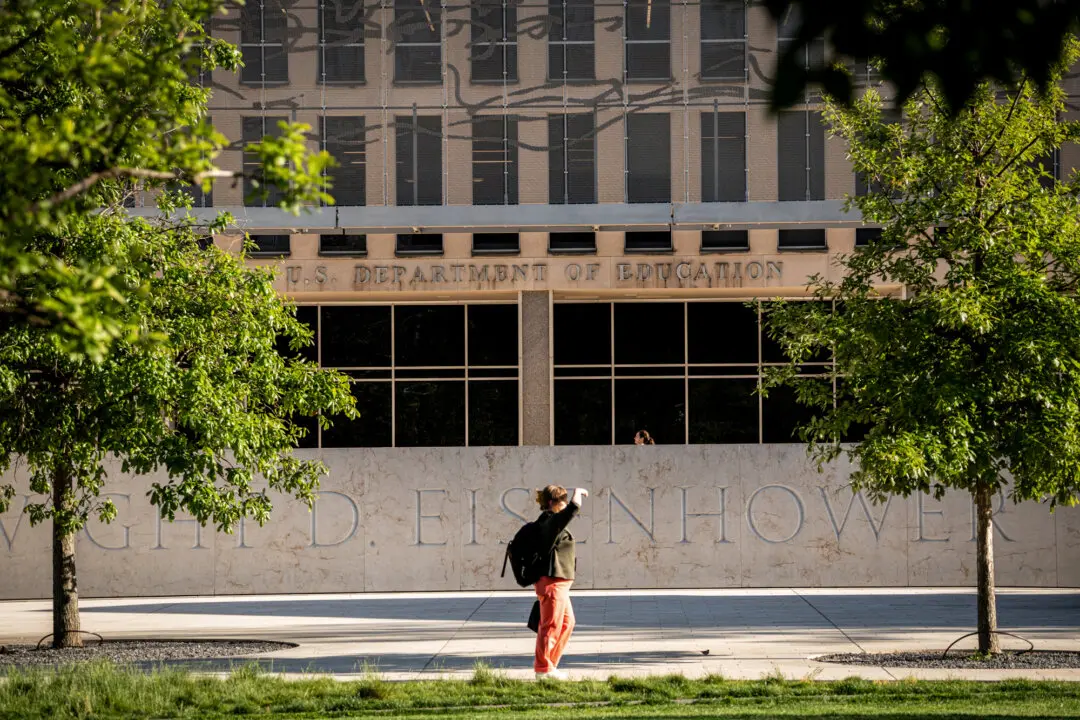Even though the presidential candidates haven’t discussed it much, school choice is an election year issue in many parts of the nation.
This Election Year, School Choice Is a Partisan Issue
Nov. 5 referendums in Colorado, Kentucky, and Nebraska will determine the future of certain school choice measures in those states.

Illustration by The Epoch Times




